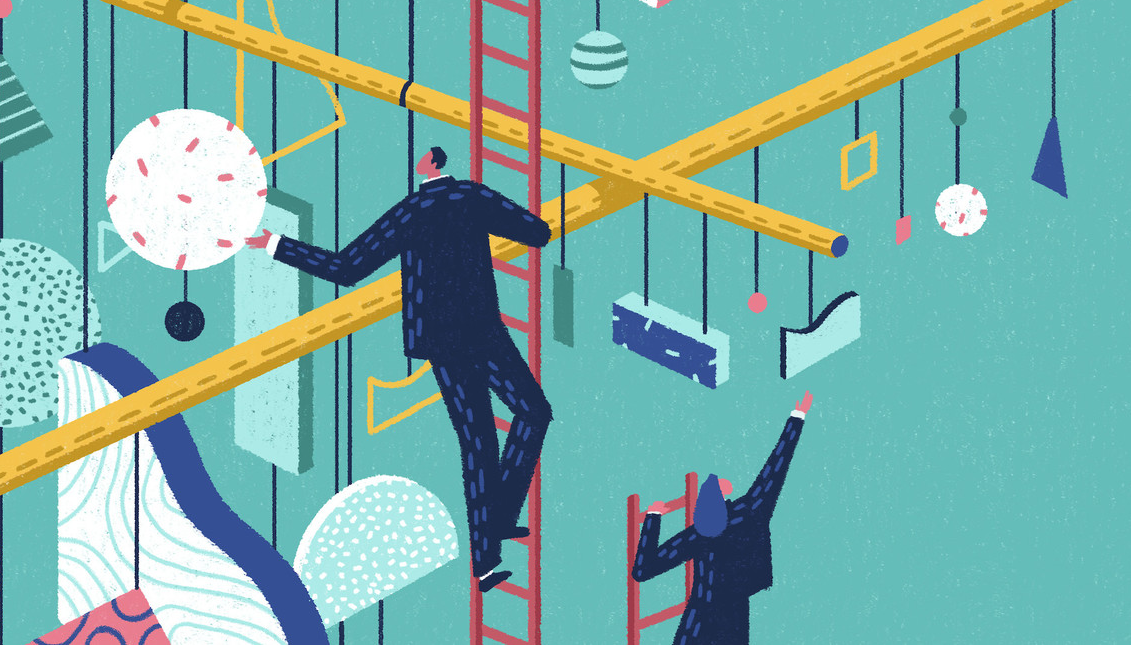
Nicaragua, fifth in the world in gender parity according to the World Economic Forum
According to the latest Gender Gap Report of the World Economic Forum, Nicaragua ranks first in the region, followed by Costa Rica and Colombia.
The latest World Economic Forum report on gender gap was published on Dec. 17. It assessed 153 countries (there are 193 UN members) according to the following criteria: work opportunities, economic income, access to education, access to health and survival and political representation. Here is a summary of the general conclusions and, above all, how Latin America is doing in terms of gender parity.
1. The overall average gender parity is 68.6%. This means that there is still 31.4% to go. The trend is positive, although many of the countries that are making progress are doing so at a slow pace. Even so, from 2018 to the end of 2019 there was greater progress than from 2017 to 2018.
2. Political empowerment is, at the same time, the criterion that has made the most progress this year and where there is still the greatest disparity at the global level. To date, only 25% of the world's 35,127 parliamentary seats are held by women, and 85 of the 153 countries covered in the report have never had a woman head of State.
3. In terms of income, however, the number of women working is stagnant and the income gap is widening. On average, only 55 per cent of women work, while 78 per cent of men work worldwide.
4. Access to education is an issue where the gender gap is relatively small, with exceptions, and countries where there is less access to education for women also have little access for men. It is worrying that women seem to be under-represented in the areas where the labor market is growing the most (people and culture, content production, marketing, sales, specialized project managers, data and artificial intelligence and cloud computing) and that where women have the necessary skills, their talents are being less well utilized than those of men.
5. At the rate we are going, it will take us 94.5 years to achieve gender parity globally.
The average in Latin America and the Caribbean was 72.2%, which is above the world average, and according to the World Economic Forum's calculations, it would take 59 years of constant work to completely close the gender gap.
The five countries that performed best were: Nicaragua (with the 5th place in the world, after Sweden), Costa Rica (13), Colombia (22), Trinidad and Tobago (24, and was included in the report for the first time this year) and Mexico (25, and was the country with the greatest change in the region from last year). The United States was ranked 53rd.
The five Latin American countries that were ranked lowest in the report were El Salvador (80), Dominican Republic (86), Brazil (92), Paraguay (100) and Guatemala (113).
It should be noted that this average does not measure, for example, whether women have access to good or poor quality education, or to good or poor quality health services. It simply shows whether women have the same right and possibilities as men to access health, education, work and political power as men.

This is clearly the criterion on which the region still has the most work to do, since even the five countries with the highest rankings in terms of a woman's chances of getting a job and equal income compared to a man are in relatively low positions. On this point, at the global level, there has been regression, rather than progress, and one of the most worrying questions raised by the report is how this disparity is going to grow as the markets for data and artificial intelligence and cloud computing continue to develop, especially for the least developed and developing countries. These are the five best and five worst rated in the region:
Top five:
- Colombia (42nd place)
- Panama (47)
- Honduras (55)
- Uruguay (64)
- Venezuela (69)
Five worst qualified:
- Cuba (107)
- Chile (111)
- Costa Rica (112)
- El Salvador (119)
- Mexico (124)
This is one of the criteria, along with access to health and survival, where progress has been most noticeable. In the world average, women’s access to education has reached 96.1%. Thus, of the 35 countries that have been qualified with the highest score, 4 are Latin American. Two important elements to take into account are that, on the one hand, this is an indicator of the possible access that women have to education in relation to men, not of its quality. And, on the other hand, that the global trend is for fewer people to study as they advance in their educational level: the countries that have the highest score do not have it because all the women in the country get to do master's and doctoral degrees, but because they have the same level of exercise of the right to education as men.
These are the five best and the five worst qualified in the region:
The five best qualified:
- Colombia (1)
- Honduras (1)
- Jamaica (1)
- Nicaragua (1)
- Uruguay (28)
Five worst qualified:
- Trinidad and Tobago (66)
- El Salvador (75)
- Peru (94)
- Bolivia (96)
- Guatemala (107)
In terms of access to health and survival, the world average parity is 95.7% and 48 countries have achieved almost total parity of rights in terms of access to health, 11 of which are Latin American countries. Again, this is not an indication of the quality of the service accessed, but rather how much a person's ability to access health services is affected by the fact of being a man or a woman.
These are the eleven Latin American countries that came in first place:
- Argentina (1)
- Brazil (1)
- Colombia (1)
- Dominican Republic (1)
- El Salvador (1)
- Guatemala (1)
- Nicaragua (1)
- Panama (1)
- Trinidad and Tobago (1)
- Uruguay (1)
- Venezuela (1)
RELATED CONTENT
Five worst qualified:
- Costa Rica (60)
- Peru (62)
- Jamaica (65)
- Cuba (77)
- Paraguay (96)
The United States is ranked 70th.
This is the criterion on which even more progress is needed, not only in Latin America but in the whole world. The world average has only achieved 25% parity and no country has managed to close the gap completely. Nicaragua's fifth place in the global average for all four criteria comes from its score on Political Empowerment, which is still only 56%. This criterion measures how many women hold parliamentary, ministerial and head-of-state positions.
The five best qualified:
- Nicaragua (3)
- Costa Rica (6)
- Mexico (14)
- Cuba (21)
- Argentina (22)
Five worst qualified:
- Honduras (68)
- Venezuela (74)
- Dominican Republic (88)
- Brazil (104)
- Paraguay (112)
The United States is ranked 88th.
Let us hope that 59 years do not have to pass so that we can stop wondering whether men and women have the same rights and can think of them simply as human and citizen's rights, without any further ado.


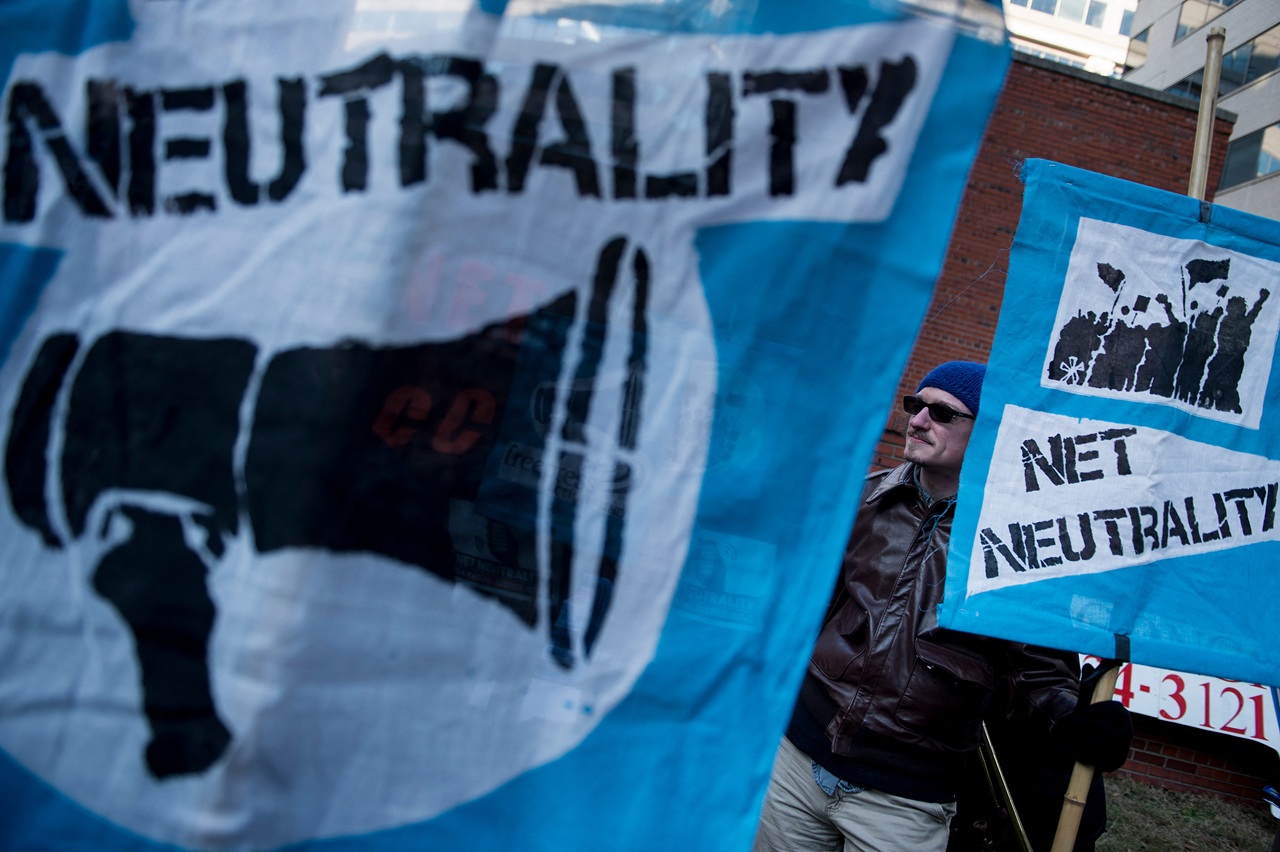




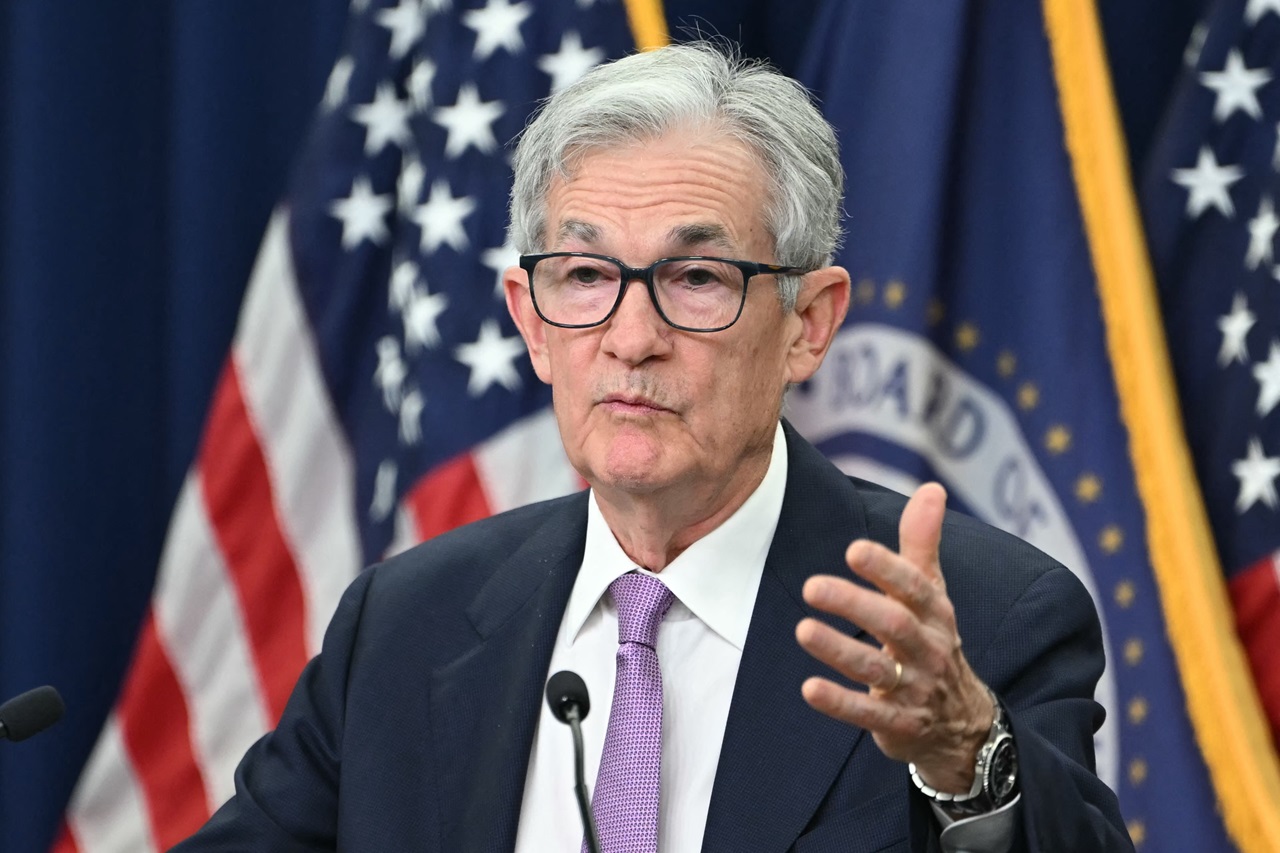
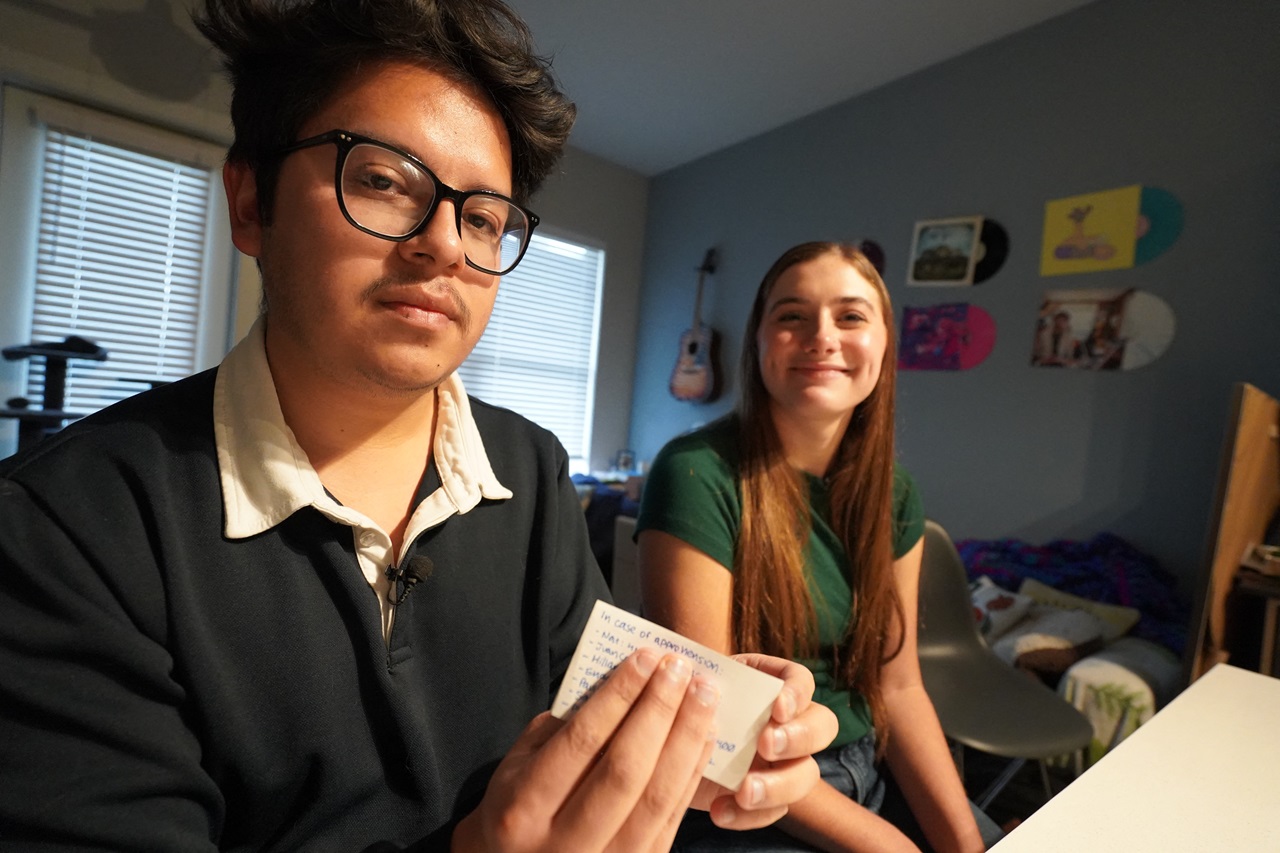
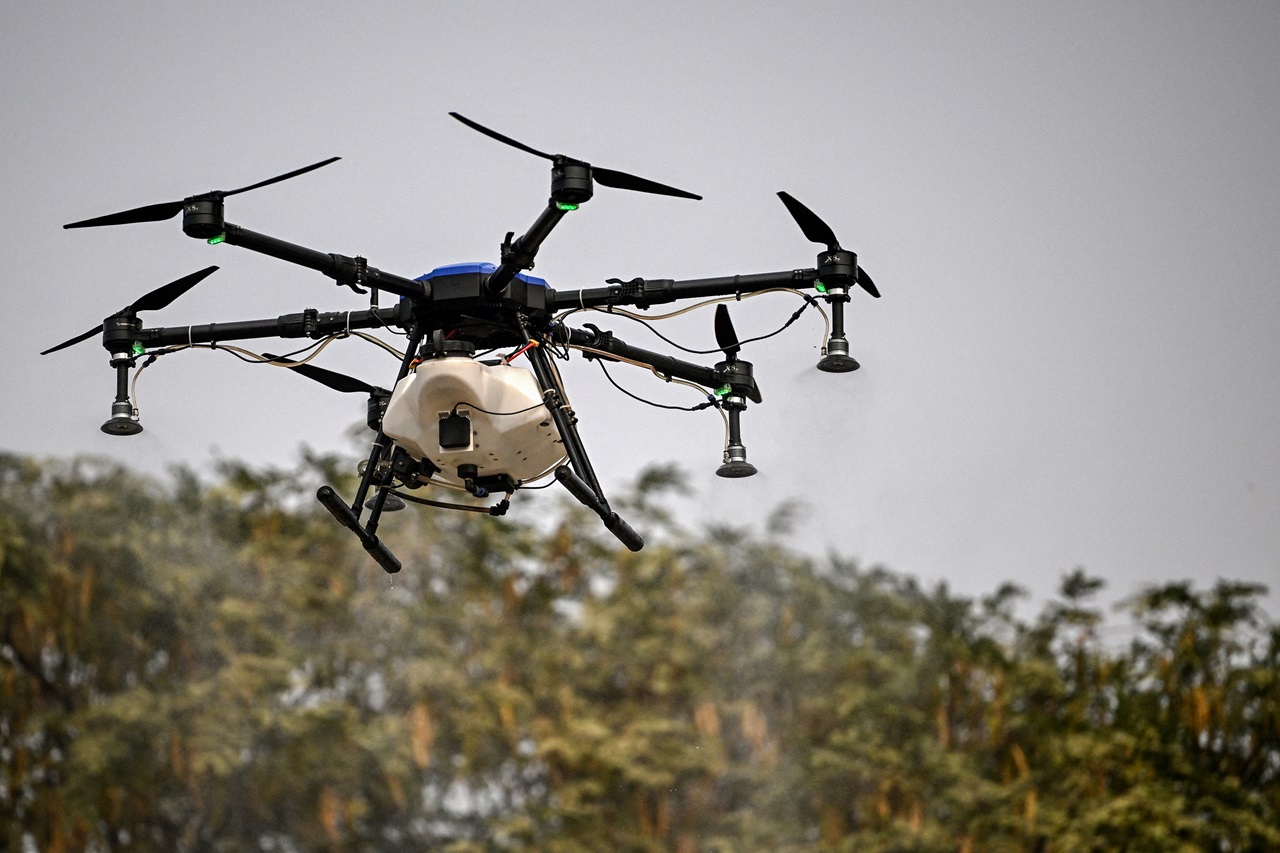

LEAVE A COMMENT:
Join the discussion! Leave a comment.